Latest Posts by frauwaz - Page 10
1890. La reforma integral del traje
La reforma integral del traje en los Estados Unidos (de interés para las damas), por Emilia Pardo Bazán.
En los Estados Unidos la mujer trabaja. Desplegando su actividad en ocupaciones serias y lucrativas, se ve compelida a andar de prisa, a recorrer las casas aunque llueva o haga frío, vestida de una manera cómoda, higiénica y decente. Ya sé que semejante aspiración será calificada de abusiva por aquellos que, a ejemplo del famoso Luis Vives (única semejanza que tendrá con este filósofo), sentencian a la mujer a la pena de emparedamiento, a una vida sedentaria y enervante que la pone anémica y ahilada, a modo de planta cuando vegeta en sitio oscuro, y la llena de histérico, dengues y alifafes. Peor agrádeles o no, así acontece en Norteamérica, y a semejante objeto responde la invención del divided skirt.
Al trabajo y labor del invierno, a las fatigas de la maternidad, a los combates fisiológicos que soporta la mujer en todas las edades de su existencia, opone la medicina contemporánea el campo y su sana atmósfera, las temporadas de aguas y los baños de mar. No surten el efecto deseado estos gratos remedios si no los acompaña el movimiento, la gimnasia de los músculos, el largo paseo, no por carreteras polvorosas, sino al través de valles y montañas.
La mujer, laboratorio de las futuras generaciones, debe fortalecerse y orearse, criar buena sangre, que le permita, llegado el caso, ofrecer a sus hijos leche pura y nutritiva. Su traje actual, el que lleva a visitas, reuniones y paseos, apenas le permite recorrer un kilómetro sin fatigarse o sin dejarse entre zarzas y espinos la mitad de las faldas.
¿Cuál mujer puede andar aprisa, bajar y subir cuestas, arrostrar el polvo y el barro con esos faldellines, adornado de faralaes y pingos, entiesados con aceros, la misma angostura, que ofrecen resistencia al juego de la rodilla, y por consiguiente originan cansancio? ¿Quién no habrá observado el hecho de que el hombre, en general no se fatiga al recorrer distancias mucho mayores que la mujer, mientras esta, por las calles mejor empedradas, se apoya rendida en el brazo del hombre?
¿En qué consiste esta predisposición a la fatiga? No tan solo en la distinta conformación anatómica de los dos sexos, sino en el traje y en la falta de costumbre de caminar.
Siempre que se camine con algún fin útil, el traje actual de la mujer ha de servirla de estorbo. O tiene de remangarse las faldas y sufrir el embarazo de llevarse las cogidas, inutilizando una mano, o ha de ir enredándose los pies en el insidioso pedazo de tela, que ahorrando trabajo a los barrenderos de la villa, acapara el polvo, los residuos y las inmundicias de toda clase que alfombran las calles de una capital. La operación de alzar la ropa a fin de no mancharla, sobre lo que ata y molesta, ofrece el inconveniente de poner en riesgo el pudor y descubrir a veces sobre todo en días de lluvia, lo mismo que se pretende tapar con las faldas. El frío circula libremente a través de ellas; no ciñéndose a la forma natural del cuerpo, no abrigan, y reclaman otras faldas interiores, que además de pesar, son para la marcha nuevas rémoras.
Resuelve satisfactoriamente tantas dificultades el divided skirt; voy a ver si explico claramente su hechura y condiciones.
A la vista –aun a la de los curiosos impertinentes– el divided skirt no es sino una falda, más discreta y menos delatora que las usuales. Dividida de alto abajo en dos perneras (leglettes), puede hacerse de cualquier tela, según la estación –de surá, de paño, de franela, de terciopelo–; y va cubierta con una especie de sobrefalda o delantal, que puede ser más largo o más corto, según el objeto a que se destine el traje, pero que disimula enteramente la abertura de la prenda. Las perneras o bombachos pueden llevarse también debajo de una falda común y corriente, a guisa de saya bajera, prestando mayor comodidad. El complemento interior de este traje es la camisilla o chemilette, mezcla, en una prenda sola, de la camisa y pantalones de seda que acostumbran usar las señoras. Sirve también para la chemilette cualquier tejido: algodón, hilo, franela o surá.
Algunas damas norteamericanas, en vez de la chemilette gastan con el divided skirt, sobre todo en invierno, un traje de punto, idea práctica en sumo grado. Además usan el modelbodice, corsé construido según las reglas más sabias de la higiene, que no puede perjudicar a los órganos de la respiración ni a las vísceras abdominales. Todas estas prendas, las turkish leglettes, la chemilette, el jersey fifting underwear o traje elástico interior, se anuncian en los figurines norteamericanos y alemanes, y supongo, aunque no lo he visto, que en los ingleses, como artículo de consumo corriente en indumentaria. Debo suponer, por lo tanto, que la reforma racional del traje cuenta ya con bastantes partidarias y prosélitas.
En España, que yo sepa, no se han vislumbrado indicios de sentido práctico en el traje, sino con ocasión del sport y de la caza. Creo haber leído en algún periódico que la infanta Isabel en sus excursiones campestres lucía un traje corto con pantalón bombacho y polainas. Acaso alguna beldad madrileña, en análoga coyuntura, imitará el ejemplo de la hermana de Alfonso XII. Pero sería muy de desear que estas novedades útiles no apareciesen como extravagancia chic de damas a quienes su posición escuda para todo, sino que se desamortizasen y llegasen a la burguesía y aun al pueblo, extendiendo así la esfera de su benéfica acción y cooperando al mayor bienestar y felicidad de la especie humana.
Consíguese este bienestar a veces por medios humildes, vulgares y sencillos, por arbitrios semejantes al proverbial del huevo de Colón; no obstante, las innovaciones, que vuelan con vuelo de cóndor por las esfera de las ideas, se arrastran como limazas en la de las costumbres; menos arriesgaría hoy quien negase altas verdades metafísicas que quien en España se determine a salir vistiendo por vez primera las leglettes. En consecuencia, yo, escasa de valor, elegí lo menos peligroso de tarea tan ardua: expóngolo y patentizo como puedo las ventajas del divided skirt, y aguardo a que otra dama adornada con todas las prendas de la belleza, la elegancia y la juventud, se resuelva a aclimatarlo.
EMILIA PARDO BAZÁN
El Guadalete. Periódico político y literario, año XXXVI, número 10.627, 19 de noviembre de 1890.

Women of the Socialist Oneida Community wearing bloomers. United States c.1870

The Illustrated Police News, October 28, 1876

The Illustrated Police News, August 28, 1873




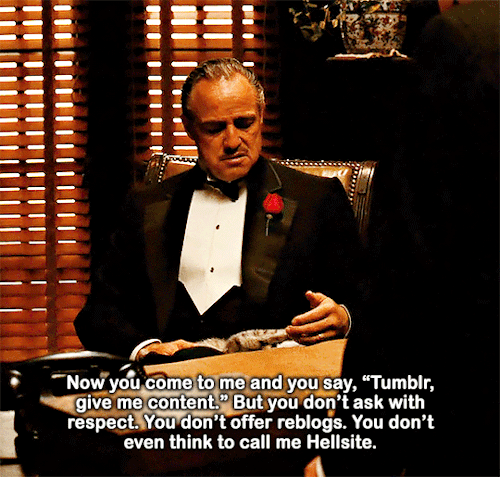
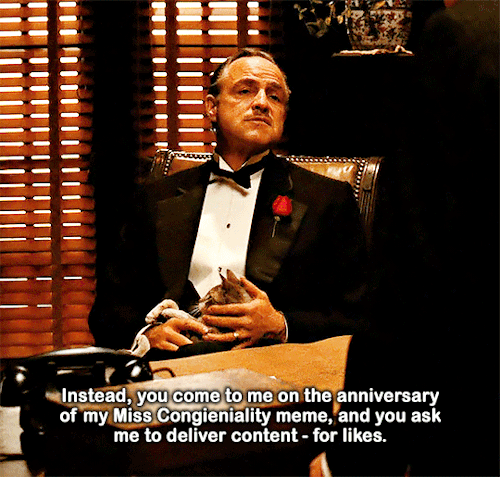
this whole situation is very funny
credit to @cryptvokeeper for the idea!
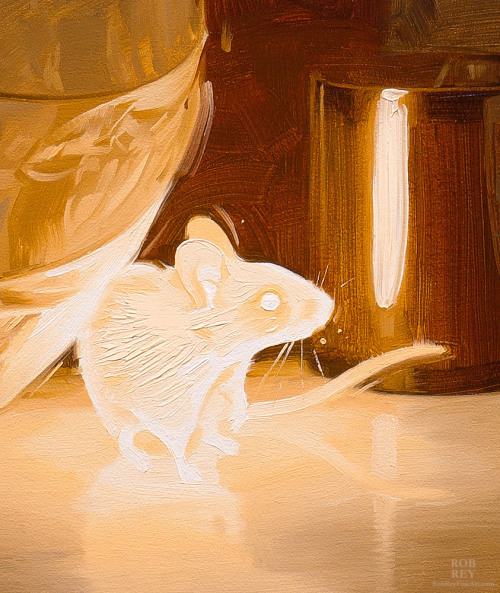



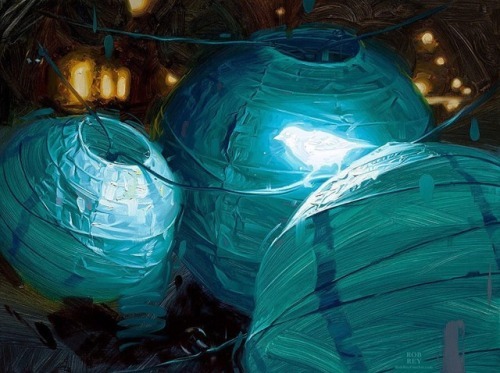


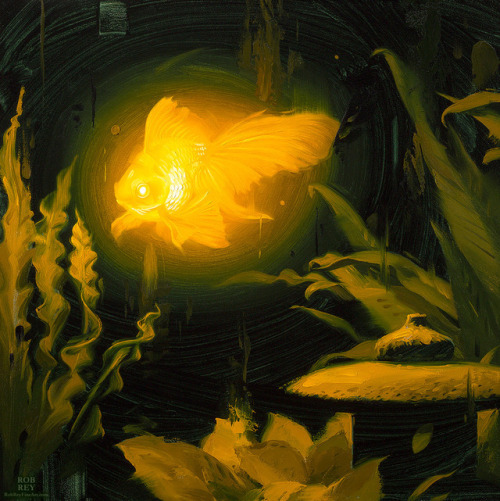

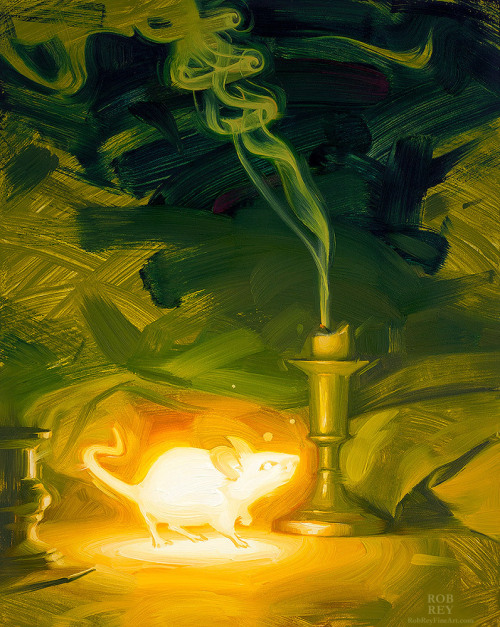

Bioluminescence series by Rob Rey
(Rob Rey’s Tumblr)
“Omg look at this fucking shit, gluten free mascara, ahaha, people need to be fucking stopped.”
Yes, I’m sure the person with a wheat allergy wanting to avoid putting wheat containing things near their eyeballs is truly the reason society is failing.
truth coming out of her well to shame mankind (tumblr safe version)








Elevated Maps
Brooklyn-based graphic designer Scott Reinhard combines contemporary land elevations with historic maps to create three-dimensional environments of a specific region, city, or state. To produce the digital maps, he pulls elevation data from the United States Geological Survey, which he then embeds with location information and merges with the original design of the old maps.



Kept the name, eh?
good morning everyone! I have a new all-time favorite work of art, and it’s this early 19thc ivory netsuke in the shape of an INCREDIBLY fat bird
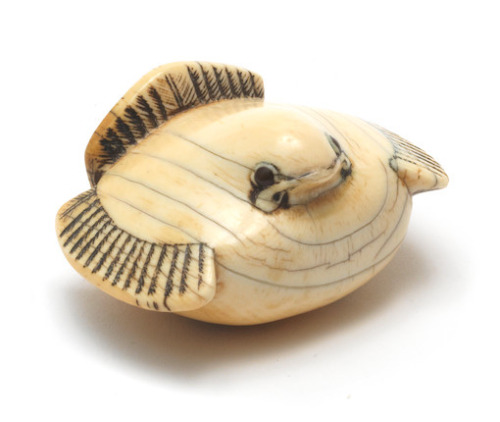
here’s the qui-gon and obi-wan vs darth maul fight from phantom menace but tracked to gimme gimme gimme by abba
to all the people who may be coming back here from twitter in light of elon’s purchase:

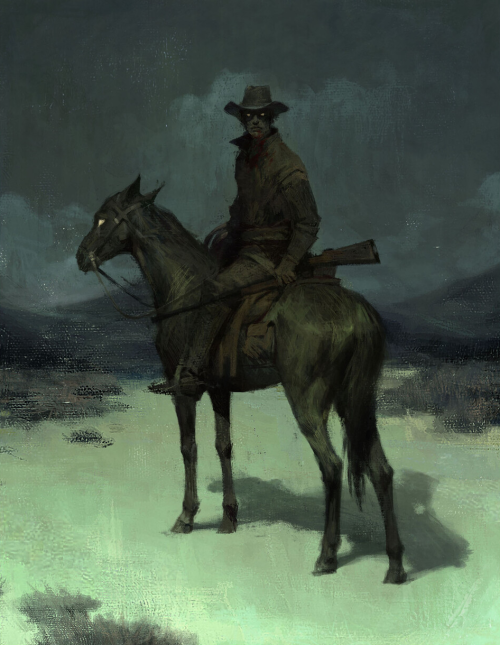
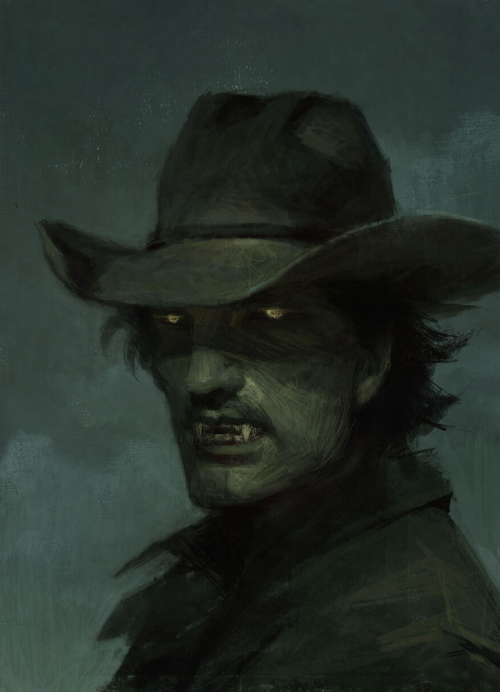
Vampire by Betty Jiang
This artist on Instagram // Facebook // Twitter

Lieutenant Thomas Eugene Paris would be proud 🥲

All those hours wasted on the holodeck finally came in handy.
Why Construction Matters; or, Not Looking Like a Piece of Your Skirt Was Shot Out of Your Own Ass
Clothes are made up of pieces and all of those pieces have names. One of those pieces is a triangle, and one of those names is “godet.” This refers, specifically, to a triangle of fabric inserted between two other pieces to provide flare.

That big triangle smack in the middle of the skirt. That right there is a godet, providing the flare necessary for locomotion in this 1930s bias-cut dress. At some point, I promise, I will deliver my sermon on the bias and why it is the Best Thing Ever, but that day is not today, because today we are talking about godets. (Although let’s take a moment to admire the fastening on this dress, because that’s a classy bit of work.)
The point of the godet, as previously stated, is to provide flare, and so they show up a lot in skirts. Correctly inserted, particularly in a bias-cut dress, they are fully capable of creating a skirt that drapes sensuously in repose, swirls seductively in motion, and is in all situations slinky as hell.


Keira Knightley in a bias-cut dress for the late ‘30s portion of Atonement, demonstrating drape, swirl, and slink. The godet at the back of the dress is clearly visible in the last two pictures; the way the sash embellishment hangs obscures its compatriot in the front in the other two, but by the way the fabric is moving around her legs, it’s there.
This is a godet fitted well, moving subtly with the rest of the skirt in such a way most people won’t notice its existence until a dork points it out. Knightley also looks to be wearing ‘30s-correct (ish, at least) shapewear, including either a sort of long corselet or girdle to the upper thigh, so while the skirt clings to her legs at the front when she walks, it’s not highlighting any butt cleavage when she stands. Basically how a modern sportsbra gives the monobosom effect, only on the butt.

Like this, okay? Which one always put on AFTER the heels, obviously, for just this effect. I mean, I’m not going to lie, if I had ‘30s shapewear, I’d totally wear just that with my repro heels from time to time, and if I have to explain why, you need a kind of help I can’t give you. (In all honesty, once the corselet is attached to the stockings as she’s doing in the picture, getting in position to fasten the shoes may be a bit tricky. This does not mean anyone who decides to parade about in vintage shapewear and heels shouldn’t cite this image as entirely historical justification for doing so.)
BUT GODETS, you insist, enough with this shapewear suspense intermission, we’re here for the godets, those fascinating triangles!
Back to godets, where they go is something that depends not only on the design of the dress, but also the specific curvature of the wearer. With the curvature reduction provided by the corselet, the point of Knightley’s godet can come where it does without looking weird (example of “weird” to follow). She has a flat ass, so it’s cool, is what I’m saying. If the wearer has curvature (”booty,” in the vernacular), however, the placement of the godet gets trickier–it either needs to be higher than the greatest point of curvature (where the ass sticks out the most), in which case the fabric of the godet will start to spread out immediately rather than only when in motion, or significantly below, in which case the dress will hug the booty, then suddenly flare out.
Putting a godet up that high defeats the point, literally–you may as well use a gore, which is like a godet that’s had the pointy top bit cut off.

Gored skirt dress patterns–on the right, you can see that there are four pieces to the skirt, which are essentially triangles with the point tops cut off. While the drape and graceful flow will still be achieved, because the bias is the coolest thing ever, some of the slink seen in godet skirts is lost. Both Pinterest and a google image search for gored vs. godet skirts can you provide you with more examples of the loss of slinkage. This continues regardless of era, I chose this example from the ‘30s less because of its time period and more because, as was common in the ‘30s, these are also cut on the bias. And while the bias preserves some slinkage, it’s really a godet that gives the most.
So that’s what happens if you stick a godet up high in the skirt’s construction. If your godet hangs low…

…as in this ‘30s-inspired example by Atelier Versace which may very well be the only thing I’ve ever liked, let alone loved, by them, where the godet’s point can be seen nearly a foot down the center seam from the base of the cape. Which is also significantly below any butt curvature. (Look, as weird as I feel talking about staring at celebrities’ butts, when you start looking at garment construction the body ceases to be anything but a shape that has to be fitted, so you don’t really see butts anymore, just curvature that determines where a godet should go. This carries over to fitting garments on people, when grabbing their butts should be really awkward, but it’s more just “why is this fitting mannequin making squeaking noises, oh, it’s a person, whoops.” I still feel weird talking about it.) The result of this extremely low-slung godet being that the upper part of the skirt fits very snugly (again, it’s cut on the bias, and I swear a bias-cut skirt can make a flat-assed girl look bootylicious), with the skirt flaring around her legs. Because the godet is really long and narrow, we get this great train effect, as well. Damn, Versace. When you get it together, by which I mean go seriously vintage, you do nice work.
And then there is the middle option. The godet directly on the greatest point of curvature, or just below it. And that is when you get this.

That is a disaster of a godet. I really like the concept that the embellishment on the back gradually tapers to a point that meets the point of the godet, which then flares out the skirt. That is a lovely concept. This is not a lovely result. Because of where the godet’s point lies on this particular woman’s curvature, it basically looks like she’s shooting a triangle of fabric out of her own asshole, and that is just weird on top of aesthetically displeasing. This would be a problem even with a filmier fabric and a narrower angle, but this one is so wide that the godet flares out very suddenly, before the rest of the skirt even has a chance to catch up with it–hence the very visible Triangle of Fabric here, vs. the more subtle flow of the Atonement skirt, where the pieces all move together. The effect is of a rather nice pencil dress that planned on hugging the wearer’s figure nearly to the knee, whose plans were foiled by a godet suddenly shot out of her ass.
In conclusion, the bias is awesome, godets are awesome, ‘30s and ‘30s-inspired dresses using godets well are awesome, but the wrong godet on the wrong part of the ass and all is lost. And talking about actresses’ butts on the internet is weird.








"You are the dreamer... and the dream."
Una cosa es saber a un nivel intelectual que Rhys Darby era también neozelandés y otra cosa es ver este vídeo. ¡Los comentarios! ¡La altura! ¡La relación de aspecto! ¡El acento!
Maravilla.
pirating movies by seeing them in tumblr gifs and basing my own story around them
There's literally no braver man in show business than Lindsey Buckingham. The way he repeatedly got on a stage with Stevie Nicks.. for decades... and just let her sing the songs she wrote about him fueled by hatred and cocaine AT HIM.
I know he wrote his own hatred/cocaine songs about her too. I understand that.
But the way in EVERY. FUCKING. PERFORMANCE. Stevie turns to face him in the middle of the song every time to just sing AT HIM like "i fucking hate you so much" and he just has to keep playing in front of all those people like "yes, Stevie, i know"
im sorry but i have been thinking about nothing but this scene for two days straight

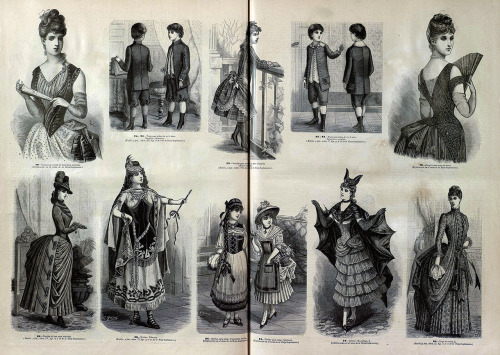
1887. La moda elegante ilustrada. Disfraz de murciélago.
Había visto este grabado más veces, casi siempre por el nombre de “Victorian Batgirl” y por fin lo encontré en mi archivo de revistas. En España apareció en La moda elegante en 1887, en el número del 22 de enero. Como de costumbre, el suplemento con la hoja de patrones no aparece por ninguna parte, ni siquiera en la Biblioteca Nacional.















